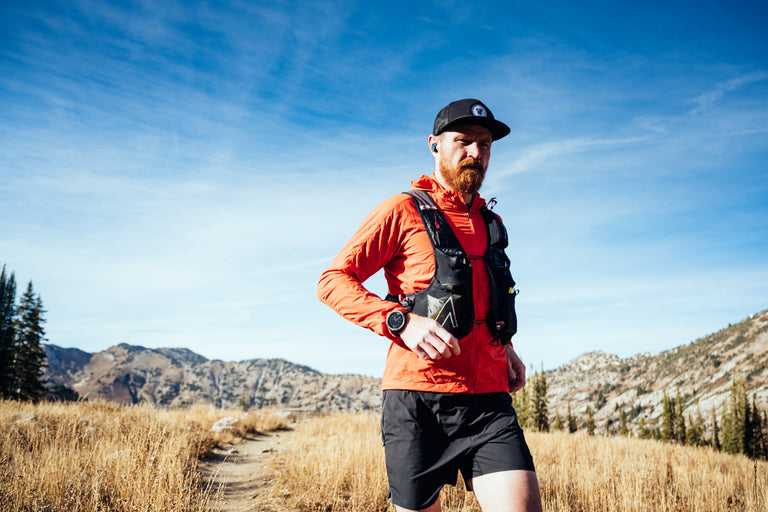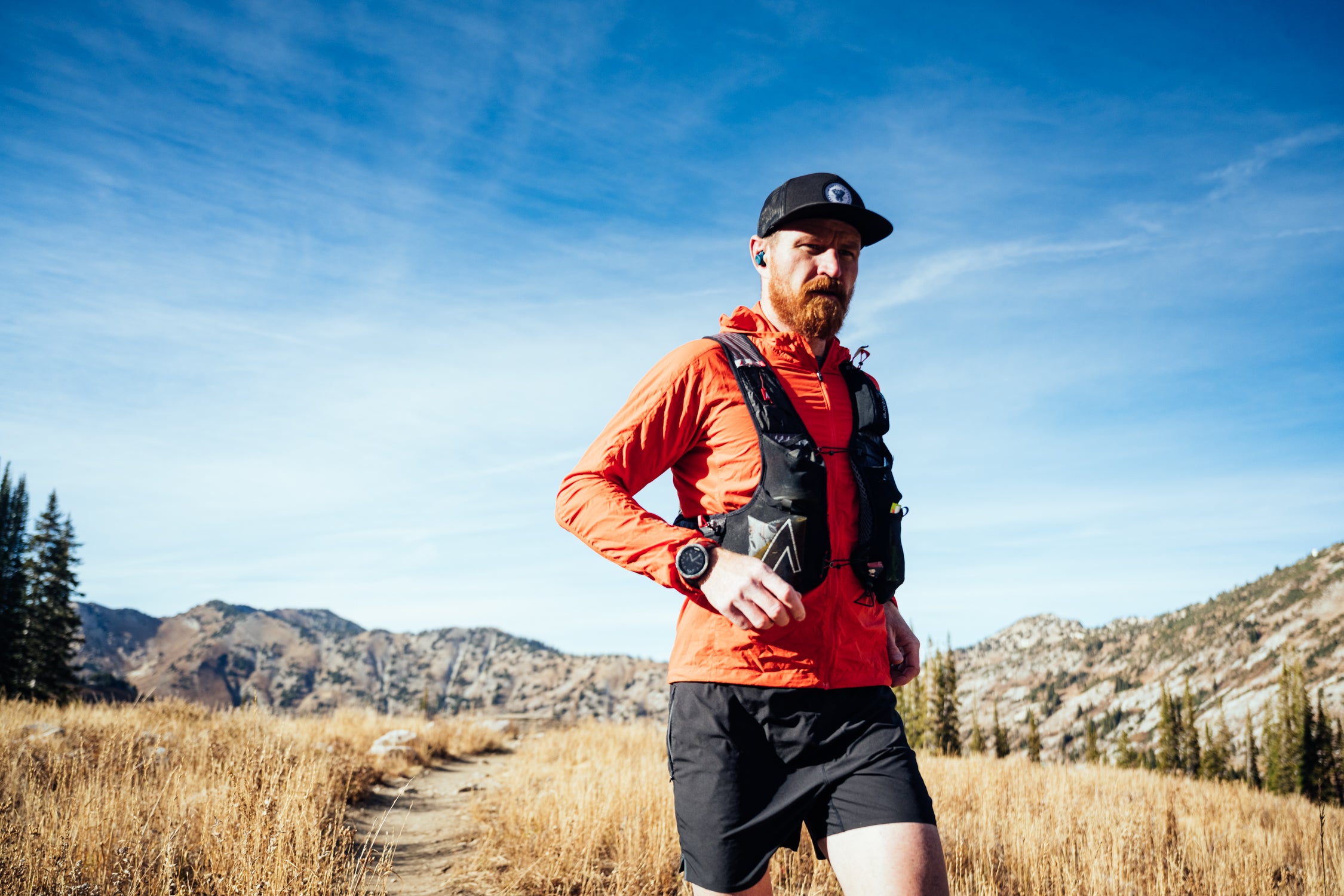Do your joints have the range of motion and strength to support your favorite activities? Can you move each vertebra in your spine independently? Most athletes neglect their joints, so they leave years of performance, good health, and fun on the table. Ben Van Treese, founder of Off The Mountain and a Functional Range Conditioning (FRC)® provider, uses joint-based strength training to turn aging athletes into ageless athletes. Join Ben for a discussion about training for longevity. You’ll learn a routine to wake up your joints and discover what it takes to rage into old age.
In This Clinic
- Dynamic Systems Theory
- Neuroplasticity
- You're Only as Old as Your Joints Are
- Allostatic Load
- Health of a Joint
- Working Through the Process
- Cars Exercises
- Passive Range of Motion v. Active Range of Motion
Dynamic Systems Theory
- Dynamic systems theory is essentially how you look at a system of systems and understand how it works.
- It can be applied to a local government, a local economy; it can be applied to a human.
- Ex: a human is a system of systems, and you could break down a human to their smallest unit in a bunch of different ways, but starting with a cell: that’s an individual system, and then that builds out and you have tissue, another system, and then build that out to the musculoskeletal system, and then the central nervous system, peripheral nervous system, etc.
- So a human is a system of systems and they all work together to produce that human.
- Today, we’re looking at how you move, how you play, how you train - in order to function at the highest level you can.
- That’s dynamic systems theory - how we can look at your system and create an environment around your system so that your body functions the way we want it to.
Neuroplasticity
- Neuroplasticity is the thought that all of the tissue in your body is plastic. So we can go from muscles, all the way to bones - those are all plastic, meaning we can change the expression of that tissue.
- The biggest difference between a muscle to a tendon to a ligament to cartilage to bone to everything in between (cardiac tissue, fascial tissue, etc) - is that all of that can all be changed in how it functions, and the shape of it how it performs.
- The biggest difference from the muscle all the way to the bone is the rate at which we can drive change.
- We can drive change in muscles pretty quickly; you can drive change in bones but it's a much slower process because the rate at which that tissue turns over is a little bit different.
- Those are kind of two things that we want to think about when we're approaching training the joints because we want to see what is causing the joint to function the way it is so when we do our assessments.
You’re Only as Old as Your Joints Are
- Let's talk about a hip joint first: You've got the socket, you've got the ball.
- We need that joint to be able to rotate so internal rotation, external rotation, flexion, extension, abduction, adduction, etc.
- Can it do all those things, and if not - why?
- Is it coming from soft tissue, or some sort of nervous system guarding, neural guarding, is it coming from the bones or the capsule, and so on.
- Once we figure out what’s causing the joint to not function the way you want it to, then we can change and create an environment around that joint to either drive that neurological change, drive change in the soft tissue, drive change in the capsule, etc.
- If it’s bone related, that’s where you would be looking at more of a surgery kind of thing.
Allostatic load
- Allostatic Load - the overall load on your system, the overall amount of stress that your system is handling.
- If we can influence the amount of load on the system then we can change the expression of the physical body in terms of how it functions.
- Stress affects everybody a little bit differently but if we’re using the lens of dynamic systems theory in allostatic load, all stress impacts the overall system by reducing the health within the system.
- It’s important to remember this, since stress from things unrelated to your sport can pull down your health system, and cause you to fall behind a certain point, a kind of magical line, in your own personal system where your health is far enough down that your nervous system will start to protect itself and you are more susceptible to hurt yourself.
- At points like these, your system is rejecting the hard exercise you want to do and pushing you to sit down, rest, and recover.
- We can use diet, nutrition, sleep, etc. to increase our health and get back to recovery.
- If you have a really hard day or week, you should learn how to workout for recovery - ie, go for a zone one two run or ride, do some mobility work, get enough sleep, and then try that harder workout the next day instead.
Health of a Joint
So when we’re looking at the health of a joint, we are taking into consideration what sport you’re doing and going through all your major joints and if you have the prerequisites to be able to move those joints for your sport and not damage them while doing so.
1. Awareness
Ex: can you stand still and just flex your pec without moving around a lot?
2. Control
You can’t move what you aren’t aware of, and tissue that doesn’t move hurts - so you need to be aware of it and move it.
3. Strength
After we have awareness and control, then we can focus on increasing strength.
4. Speed
Next, we can move onto increasing speed.
Working Through the Process
- Example exercises to work through the health of a joint:
- Internal rotation
- Cat cow
- If you have lower back pain: Are you aware of those joints in your lower back? Can you control their movement?
- Another example of the process:
- We train professional basketball players to handle more awareness, control, and then strength and speed on their ankles. If they can squat with 50-100lbs on their ankles, then if they fall or twist them in a game, they’ll be more likely to just sprain an ankle rather than be out for the season for surgery.
- Everybody's probably heard somebody at one point say something like "Oh just enjoy that while you can because when you're my age you won't be able to do that."
- That's not necessarily true; joints don't wear down because they got old. Joints wear down because they were either abused, not used, or there was some sort of acute injury to them.
Cars Exercises
At this point in the video, Ben Van Treese walks you through some cars exercises to test the health of your joints:
Passive Range of Motion v. Active Range of Motion
Passive Range of motion
-
What can the joint move through without someone else doing it for you?
Active Range of Motion
-
What can you do without getting pain or using another part of your body to move that initial part?
Anything outside of that small active range is what you have access to but cannot control, and it is in these positions that your systems knows it doesn't have control. That is a huge stressor on the system, and it creates tension and drains your health. Through joint training, we can expand that active zone to have access to a fuller range of motion that we can control.



